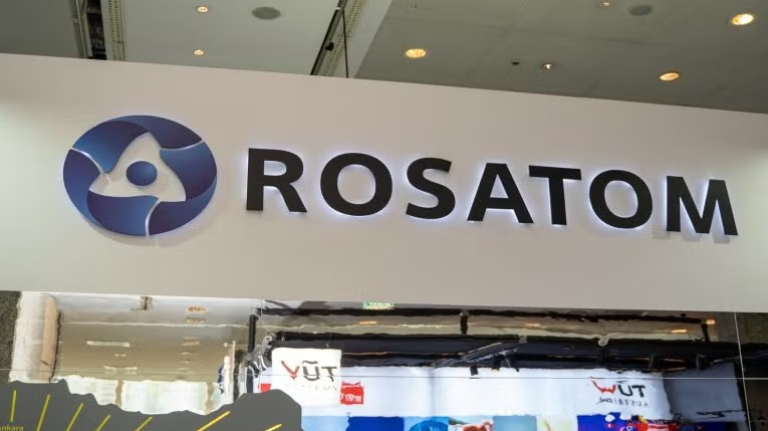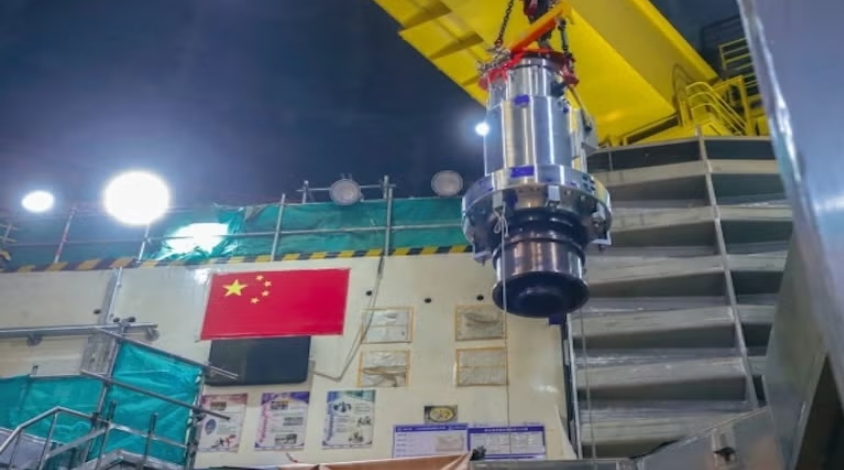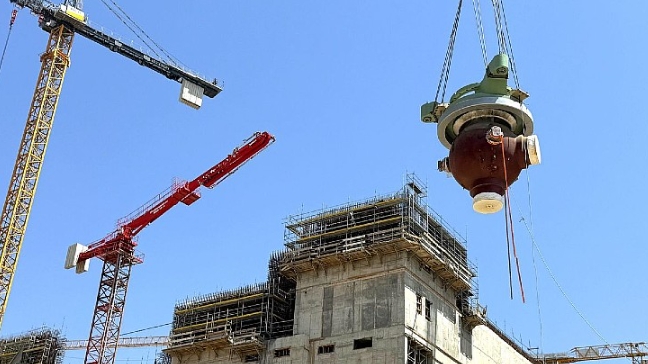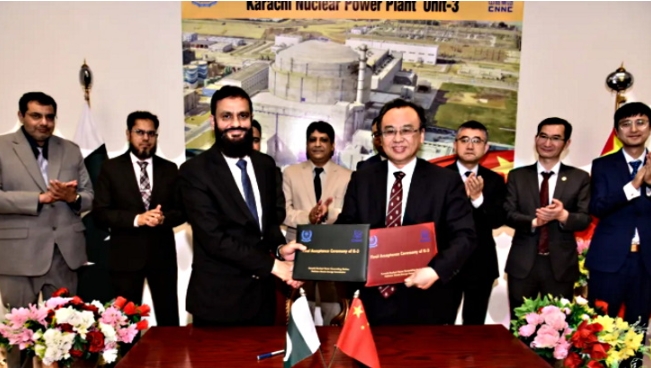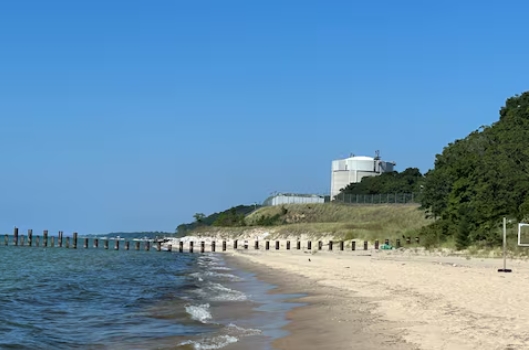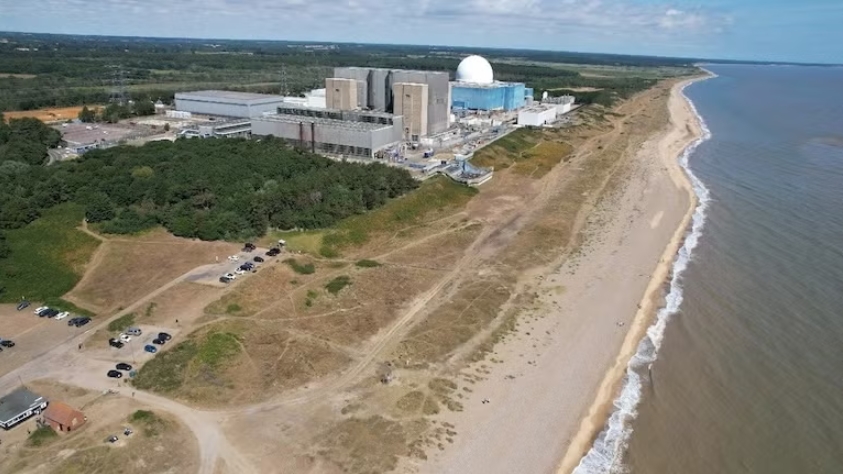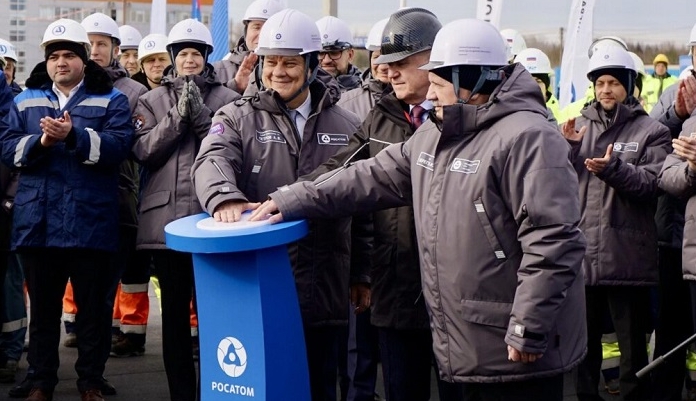The operation of the Koeberg nuclear power plant will be extended by 20 years and a nuclear new build programme will be launched as part of South Africa's energy plans for the next decade. The plans were approved yesterday by the country's government.
South Africa's long-term energy plans are outlined under the Integrated Resource Plan (IRP), which first came into effect in 2011. The IRP is the national electricity infrastructure development plan based on least cost-electricity supply and demand balance, which takes into account security of supply and the environment. The 2011 plan called for construction of 9600 MWe of new nuclear capacity over the period to 2030. When launched, the IRP was called a "living plan" which would be frequently revised.
A draft update to the IRP released for public comment in 2018 proposed nuclear capacity remaining at 1860 MWe - the capacity of the Koeberg nuclear power plant.
The Portfolio Committee on Energy, which provides parliamentary oversight for the work of South Africa's energy department, in November said the IRP should make it explicit that both coal and nuclear will remain important elements of the country's energy mix.
Yesterday, South Africa's Cabinet approved the promulgation of the 2019 IRP. In a statement, the Cabinet said the latest plan proposes nine interventions to ensure the country responds to its energy needs over the next decade.
"The interventions draw from the current baseline of the demand and supply of the country's energy and the country's international obligations to the minimum emission standards," it said. "The plan remains within the policy framework of pursuing a diversified energy mix that reduces reliance on a single or few primary energy sources. It will be revised in line with the changing energy sector environment."
IRP 2019 states: "In order to avoid the demise of the nuclear power programme, South Africa has made a decision to extend its design life and expand the nuclear power programme into the future."
The plan calls for operation of the Koeberg plant to be extended by 20 years to 2044, "subject to the necessary regulatory approvals".
The interventions also include that the government will immediately start a nuclear new build programme to add 2500 MW of generating capacity. "This IRP proposes that the nuclear power programme must be implemented at an affordable pace and modular scale (as opposed to a fleet approach) and taking into account technological developments in the nuclear space."
According to the plan, "Small nuclear units will be a much more manageable investment when compared to a fleet approach. The development of such plants elsewhere in the world is therefore particularly interesting for South Africa, and upfront planning with regard to additional nuclear capacity is requisite, given the >10-year lead time, for timely decision making and implementation."
However the report says, "Due to the relative marginal cost of generation, in comparison to other options, no new capacity from nuclear comes through before 2030 but there is a scenario that builds new nuclear capacity post 2030."
In a media briefing today, Minister for Mineral Resources and Energy Gwede Mantashe said, "It is a globally accepted fact that nuclear as a clean source of energy can contribute significantly to the reduction of emissions. There is a move globally towards the development of small modular reactors that are considered more manageable investment when compared to a large fleet approach.
"The IRP 2019 provides for the extension of the design life of Koeberg, as well as additional new nuclear capacity in the future. Taking into account the capacity that will be decommissioned into the future, nuclear at a pace, scale and cost affordable to the country is a no-regret option. Upfront planning with regard to additional nuclear capacity is therefore requisite, given the long lead-time."
The latest IRP notes that coal will continue to play a significant role in electricity generation as South African has the resources "in abundance". It is still expected to account for 59% of South Africa's energy production in 2030. New investments will be directed towards more efficient coal technologies, underground coal gasification and the development of carbon capture and storage to enable the country "to continue using its coal resources in an environmentally responsible way".
Mantashe said renewable energy combined with storage "presents an opportunity to produce distributed power closer to where demand is and to provide off-grid electricity to far-flung areas of the country".
Gas-to-power technologies, he said, will provide "the flexibility required to complement intermittent renewable energy and meet demand during peak hours".
The plan also refers to the changing role of utility Eskom, as its generation, transmission and distribution functions will be separated.
Mantashe said the IRP 2019 "brings much-needed certainty to this critical area of the economy, and hopefully puts to rest the often polemical debate which has consumed many analysts and commentators regarding the country's future energy mix ... Now that the energy mix has been outlined, we must work with the necessary speed and resolve to ensure its implementation."
